xia2.multiplex: a multi-crystal data-analysis pipeline
- PMID: 35647922
- PMCID: PMC9159281
- DOI: 10.1107/S2059798322004399
xia2.multiplex: a multi-crystal data-analysis pipeline
Abstract
In macromolecular crystallography, radiation damage limits the amount of data that can be collected from a single crystal. It is often necessary to merge data sets from multiple crystals; for example, small-wedge data collections from micro-crystals, in situ room-temperature data collections and data collection from membrane proteins in lipidic mesophases. Whilst the indexing and integration of individual data sets may be relatively straightforward with existing software, merging multiple data sets from small wedges presents new challenges. The identification of a consensus symmetry can be problematic, particularly in the presence of a potential indexing ambiguity. Furthermore, the presence of non-isomorphous or poor-quality data sets may reduce the overall quality of the final merged data set. To facilitate and help to optimize the scaling and merging of multiple data sets, a new program, xia2.multiplex, has been developed which takes data sets individually integrated with DIALS and performs symmetry analysis, scaling and merging of multi-crystal data sets. xia2.multiplex also performs analysis of various pathologies that typically affect multi-crystal data sets, including non-isomorphism, radiation damage and preferential orientation. After the description of a number of use cases, the benefit of xia2.multiplex is demonstrated within a wider autoprocessing framework in facilitating a multi-crystal experiment collected as part of in situ room-temperature fragment-screening experiments on the SARS-CoV-2 main protease.
Keywords: SARS-CoV-2; data analysis; data processing; multi-crystal data sets; partial data sets; xia2.multiplex.
open access.
Figures
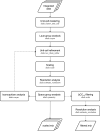


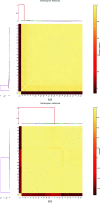
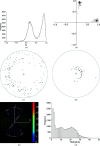
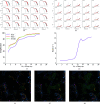
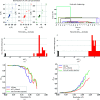

References
-
- Aller, P., Sanchez-Weatherby, J., Foadi, J., Winter, G., Lobley, C. M. C., Axford, D., Ashton, A. W., Bellini, D., Brandao-Neto, J., Culurgioni, S., Douangamath, A., Duman, R., Evans, G., Fisher, S., Flaig, R., Hall, D. R., Lukacik, P., Mazzorana, M., McAuley, K. E., Mykhaylyk, V., Owen, R. L., Paterson, N. G., Romano, P., Sandy, J., Sorensen, T., von Delft, F., Wagner, A., Warren, A., Williams, M., Stuart, D. I. & Walsh, M. A. (2015). Methods Mol. Biol. 1261, 233–253. - PubMed
MeSH terms
Substances
Grants and funding
LinkOut - more resources
Full Text Sources
Other Literature Sources
Medical
Miscellaneous

